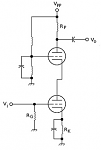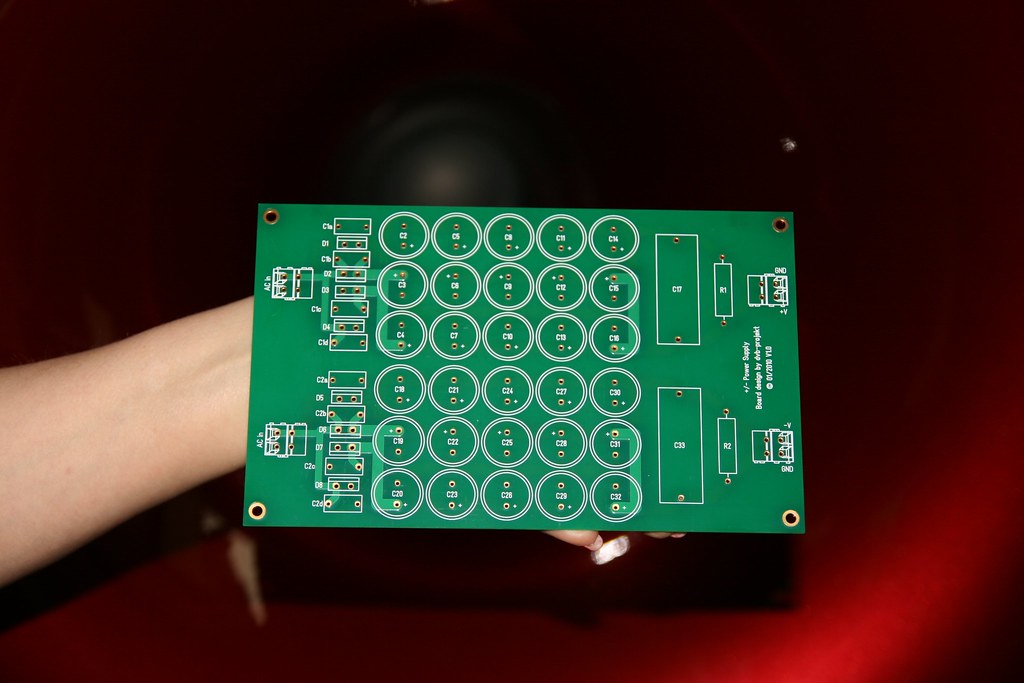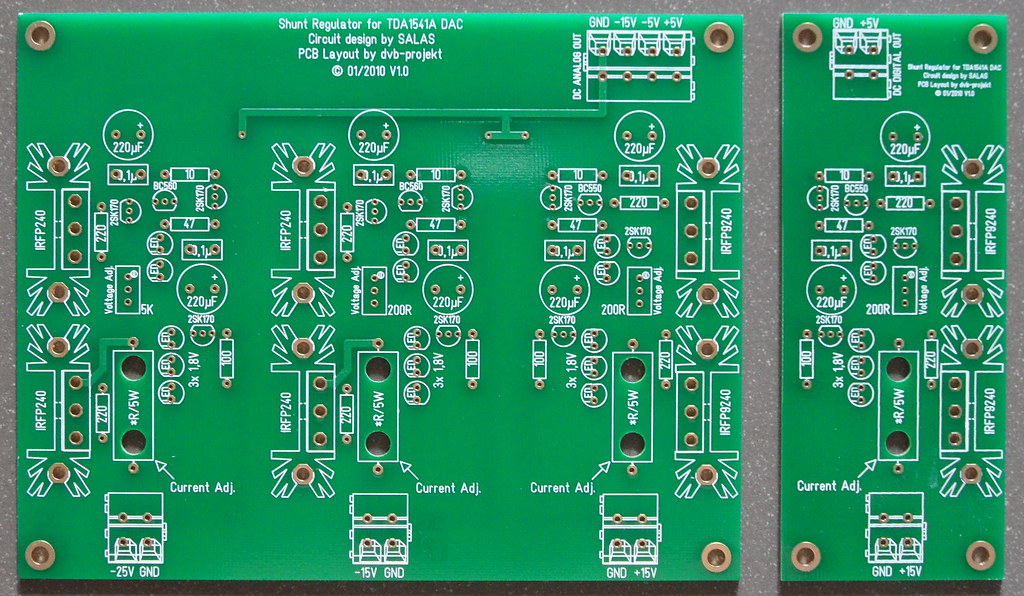I didn't get it. There are gifted design engineers on this forum. They get involved in threads. BUT, in most cases, eventually an 'issue' develops and the engineering guy gets binned or banned or asks to be banned. Why why why? Happened to me a few times. Not that I got banned, thank Ohm, but I got close to leaving because I too got enough of it.
Of what?
Let me explain. Most engineering types like to explain things, to tell others with less experience and knowledge what they are doing wrong and how they can do it better. They inundate you with facts, figures, links to engineering papers etc, and expect that the other guy flows over with gratitude. But, funny enough, it doesn't happen that way. The 'other guy' gets pissed off from being corrected all the time. Hell, he didn't come here for that, he came to have fun, discuss his hobby and his latest creation.
[flashback] At the time Al Gore's
An inconvenient Truth came out, the same director (!) also made
Too...



















